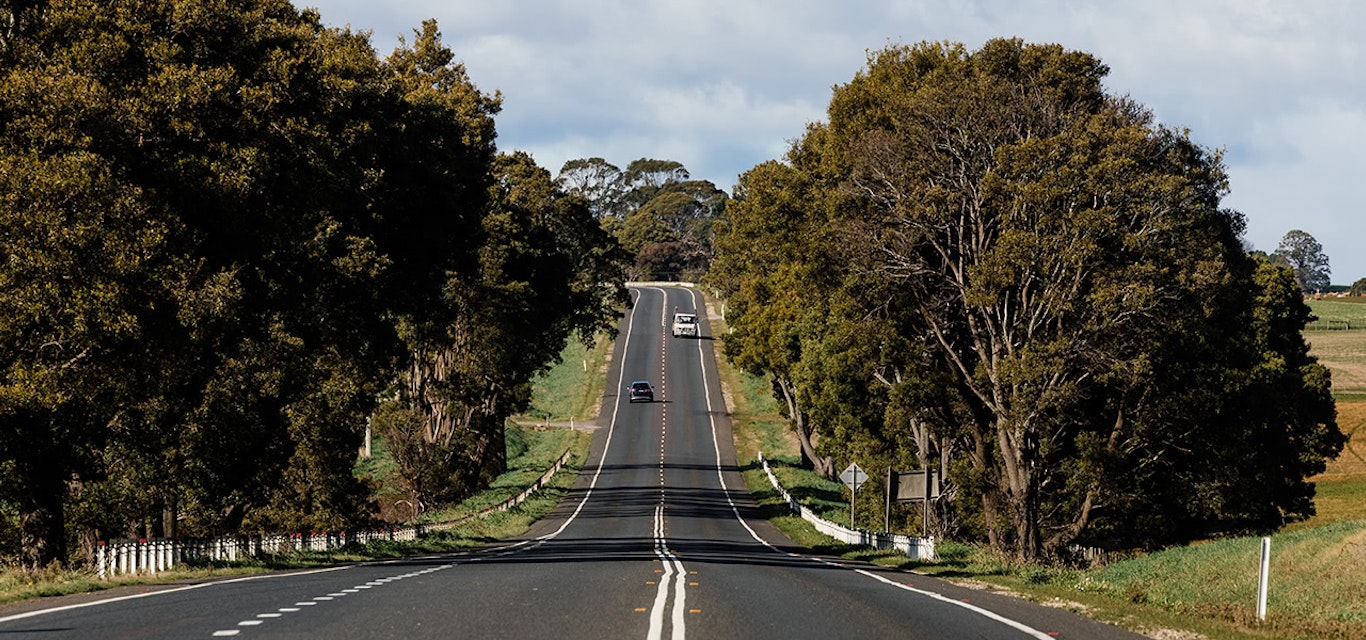Road safety needs a human touch
Partnerships and real-life stories are crucial in helping road safety messages resonate, writes Scott Tilyard, Chair of the Road Safety Advisory Council.
In today’s fragmented media landscape and diverse community, it’s increasingly challenging for a single road safety message to reach everyone effectively. To ensure our messages are seen, heard and most importantly remembered, it’s important to take a strategic and collaborative approach.
While digital platforms, particularly social media, are crucial for reaching younger audiences, partnerships and sponsorships remain vital. They help us connect through trusted voices and familiar settings, whether at community events or across digital channels.
One of our key partnerships is with the Hawthorn Football Club, primarily through our sponsorship of the Tassie Hawks Cup, a junior football competition that provides an excellent opportunity to engage young Tasmanians and introduce important road safety conversations early on.
Beyond the Tassie Hawks Cup, this partnership also brings additional benefits. The club produces road safety videos featuring their players, which are widely promoted across digital channels and at matches. The last Tasmanian Hawthorn match of the year, held in July, was designated a Road Safety Awareness game.
Earlier in the year we facilitated a powerful session with Hawthorn vice-captain Dylan Moore and local first responders from the Launceston General Hospital and Tasmania Police, offering a firsthand insight into the reality of road trauma. It’s the kind of perspective that most people rarely see. These perspectives help move the message beyond statistics, making road safety real and relatable.
The first responders featured in these videos are the people you hope will be there if you’re ever involved in a crash. They’re the people who can save your life in those crucial minutes or hours that follow. In these videos, they speak candidly about what it’s like to deal with the immediate aftermath of a crash, both emotionally and physically, and the toll it takes on everyone involved, including them. I encourage you to watch these videos.
A local police inspector describes the emotional weight of delivering the worst news imaginable. “Delivering the news is probably the hardest job. You’re having to talk to these people who quite often have no idea what you’re about to tell them, and they’re about to be given the most devastating news that they’ll ever receive.”
Inside the hospital, trauma specialists describe confronting scenes, people of all ages and backgrounds arriving with injuries from road trauma that change lives in an instant.
We hear about the behind-the-scenes coordination: trauma calls from paramedics, switchboard alerts, emergency teams mobilising and resources being juggled in cases with multiple patients.
“Being put back together doesn’t always mean pressing an undo button,” one surgeon said. “Sometimes there are lifelong consequences of that injury and that might mean early arthritis in that joint or it might mean being paralysed.”
I urge you to take the time to watch these videos. Discuss them with your family and friends. And if you have kids learning to drive, watch them together. Sometimes it’s the honest, human stories that stay with us, and they might just make all the difference in influencing the way you drive.
